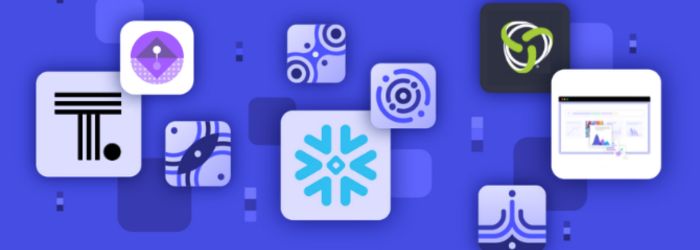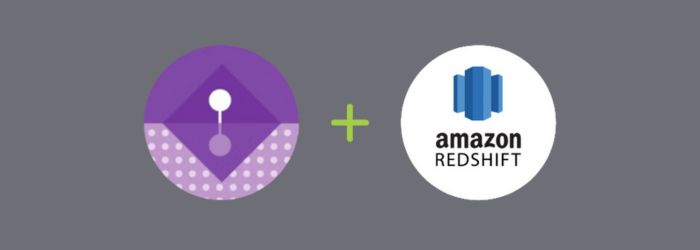Over the course of the past few years in developing BI efforts, we have witnessed many changes and advancements. One of the most transformational observations impacting the industry is the simultaneous advancement of two inputs: BI toolsets and user skills.
There have certainly been improvements in both of these areas that have helped with BI programs. It’s their combined advancement that unlocks new BI capabilities, and creates benefits that wouldn’t have been possible if only one or the other advanced. This page will explore the transformational BI capabilities enabled from the synergistic advancement of BI toolsets and BI user skill sets.
The Problem
When BI initiatives started getting more prevalent in the late 1990’s, they were forced to take the same path as all other IT projects at the time where the solution development was highly dependent on coding and required heavy technical training. This resulted in the same barrier as other IT projects. The overhead associated with the business stakeholders having to explain exactly what they wanted to a technical resource or team resulted in long project delivery cycle times, missed requirements, and struggled to “hit the mark”. When the solution was finally delivered, many times it either wasn’t usable, their needs had shifted, or it didn’t fully integrate into their business processes and provide value.
As BI toolsets improved, there were some benefits seen with slightly faster cycle times and increased collaboration between
IT and business users. However, the core problem of solution delivery depending on deep technical skills and those skills
residing solely in IT remained, so the benefit of toolset advancement was limited.
New Approach Enabled
Fast forward to the 2010’s. BI toolsets are now less dependent on code, simpler to use, and significantly more powerful. If this were the only change, there would have been another incremental benefit to cycle times and solution delivery. Something else changed in that same time frame that transcended those incremental benefits into transformational benefits – the increased technical capabilities of new entrants into the business workforce.
In the early 1990’s, only technical majors such as Engineering, Computer Science, etc.. were provided training on programming (Fortran, C, etc.). Since BI tools for solution delivery required these technical skills, only those well trained could work on the solution delivery. Non-technical majors were lucky to see spreadsheet technology (Lotus 1-2-3, Quattro pre-Excel), and liberal arts majors weren’t really part of the equation. Due to many factors including advanced technical curriculum in non-technical degrees, the overall advancement of the internet, the progression and high level of dependence on mobile capabilities, the technical acumen of new entrants into the workforce has massively improved.
In 2012, a need emerged quickly to visualize communications network performance for a Smart Grid network. A capable intern used a modern BI toolset and built the solution in less than 1 day. 10 years ago this would have been weeks at least, using code to solve it, and the business trying to explain what they needed. Self Service BI is a game changer!
-BI Development Manager
Benefits
The combination of the advancements in BI tools coupled with the increased technical abilities of the work force create transformational benefits. With toolsets very powerful yet simple to use without the dependence on writing code, and more capable business users, things like self service BI by business users and extremely fast solution delivery times were enabled. Driving this transformation is the removal of that traditional barrier of translating what the business wants into requirements for technical resources to deliver. Business benefits include accelerated ROI, as solutions developed by business process owners aligned very well with their needs and could be worked on by the business users at whatever priority they chose (vs. waiting on IT project prioritization process). This also created a much more engaged & collaborative approach to BI.
Summary
Initially, BI toolsets were only accessible to those with technical coding skills. This created a gap between business users and those able to implement the tools. Over time, these tools became less code based and more intuitive. At the same time, the work force has become more equipped to operate these new toolsets. The result has been a greater demand and wider application of self service analytical tools.
.png?width=700&height=127&name=Blue%20Mantis%20formerly%20known%20as%20SME%20Solutions%20Group%2c%20Inc.%20(GREEN).png)



